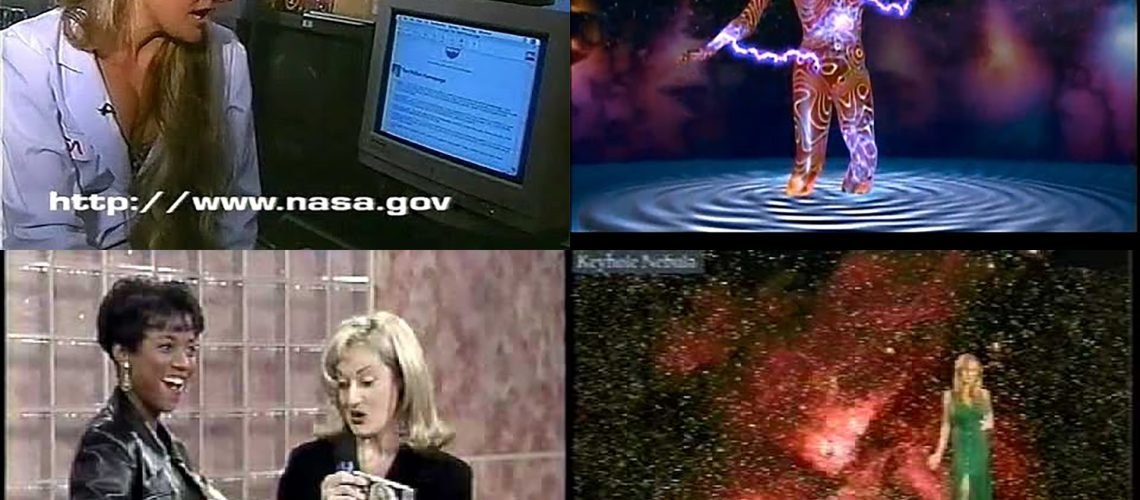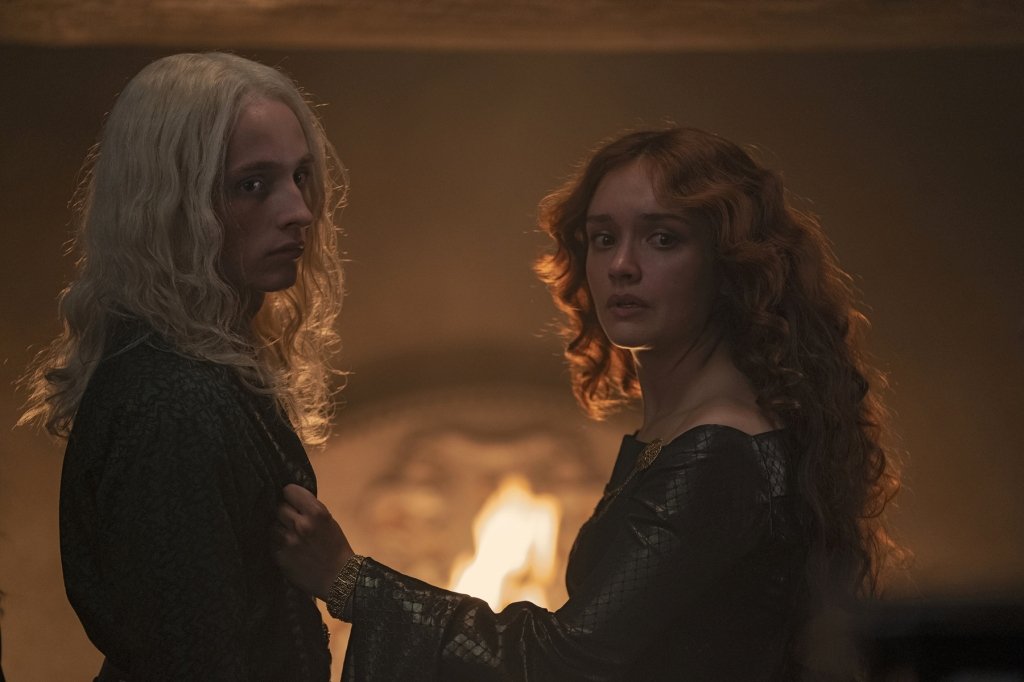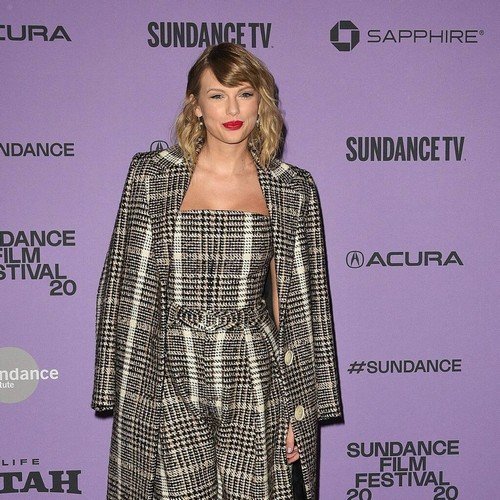“Who is Dr. Fiorella Terenzi? I’ll take 90s LaserDiscs for $600, Alex. Wait – back up, here’s more of Dr. Terenzi, how she worked with space sound, and how she collaborated with Thomas Dolby, with some classic vintage clips.
Get ready for a big transition in this interview:
Dr. Terenzi was (and is) a Milan-born, California-based astrophysics researcher who continues to teach physics and astronomy. Her background in music is more than just a hobby – she has conservatory-level studies in opera and composition. (In a past life, she was a so-called F1 “umbrella girl” – now she is apparently still an avid car enthusiast and owns her own Ferrari 360 Spider, so she definitely graduated from just the umbrella.) But there’s no question that pop diva was a passion moonlight project – and it reached a peak in the 90s, with collaborations with Thomas Dolby and work on the legendary Mind’s Eye 3D animation series.
“Quantum Mechanic” with Thomas Dolby (1994) is a jam, with the video to match. Producer Steven Churchill has a higher-quality version than the one I’m able to embed here. Get the good one. Serious 90s vibes.
The 90s were also peak space sound, in a way. Dr. Terenzi was one of the pioneering astrophysicists in work to move radio astronomy into the audible spectrum, where it could be heard by human ears – including those without any particular astronomy background. And that saw Dr. Terenzi cross paths with lots of other pioneering digital artists, including Richard Boulanger, Xabier Chabot, Laurie Fox, Ann Bowles, Tom Erbe … some of you probably know even more names in this photo from UC’s Center for Music Experiment in 1985. (Apart from that program, the other hub for people interested in making space instrumentation audible was the University of Iowa, which dedicated itself to the task, including a load of work by Dr. Donald Gurnett. And you can follow that history back, it seems, to Voyager-1.)
A full history will have to wait for another day, but I expect just by writing about this some folks may come out of the woodwork.
She talks about what motivates her in this 1997 BBC 2 interview – including, much like Carl Sagan’s dual interest in humanities, her interest in mythology and ancient history alongside modern astronomy. This video has everything – both some moments to make us realize how long ago the 90s were (like mailing a postcard to a NASA website) and an inspiring vision of finding the ancient feminine in a new world of the vision. Let’s make the internet like this again, please.
Fellow 90s American residents, you’ll appreciate some retro CNN, too (and realize perhaps as I did that you miss James Earl Jones’ voice):
“N.E.O.” is a another jamming collab with Mr. Dolby:
Fiorella’s talent for chroma key disembodied floating in galaxies also saw her host the interactive CD-ROM Invisible Universe, from a time when we were thrilled to have short QuickTime clips like this:
For peak 90s hair (both sides of the desk), there’s her appearance on the Dennis Miller Show. “Anybody can give you Hammer, I give you music from the heavens.”
But even better is her appearance on NPR’s Talk of the Nation, where the host is understandably excited to jam on the keytar with space sounds:
Here, have the full LaserDisc The Gate to the Mind’s Eye from 1994:
Dr. Terenzi might make it look easy, but I deeply admire the ability of people to find the fun and music in science. Making something accessible doesn’t have to mean “dumbing down” – it can mean finding the poetic essence in what we do. Watching discovery through the eyes of children, you very often see something profound, not primitive. It’s a pleasure just watching these old interviews seeing Dr. Terenzi be sharp and on message – and the relevance of the work holds up. It’s something that seems tragically absent from the rich worlds of childrens’ educational programming I grew up with – that’s not to be nostalgic, but actually to sound the alarm that this same work is being neglected for new generations and in languages outside English.
And Dr. Terenzi also has some terrific insights into how science and creativity develop in “The Collaborative Mind” – here also linking fashion:
That means, yes, Dr. Terenzi vs. Dr. Timothy Leary:
Happily, Dr. Terenzi’s musical extravaganzas didn’t stop in the 90s, either. I’ll have to check in with Dr. Terenzi, but just pre-pandemic it seems she was putting on entire astronomy musical theater pop with dance numbers at California State University Channel Islands? Look, speaking as someone doing this as a desk job – and based on what I know of what most of radio astronomy work looks like – we should absolutely all do this. Moving the body gets your brain working.
I’m biased on this topic, as in 2015 I did an on-the-spot project with European Space Agency looking at how sound could illuminate space exploration.
You can download the drum kit we sampled there – and we have something to look forward to, as ESA’s Mars lander, though delayed by the termination of collaborations with the Russian Federation, is on track for a mission later this decade:
I wrote about that project – I’m far less interested in my particular musical interpretation as I am in the discussions we had with scientists about how sound could make their data more accessible (and it was a treat to talk to two ISS astronauts about the sonic experience of life on the space station):
We also worked to release an album out of another ESA collaboration:
More on that topic:
I totally forgot that we did a bunch of sound stuff back in 2017 for the last eclipse. Oops.




